Top 11 Longest Tunnels in India
Nature WorldWide November 30, 2023 0
India, a land of diverse landscapes, is not only known for its rich cultural tapestry but also for its engineering marvels that seamlessly connect its varied terrains. Among these remarkable feats are some of the longest tunnels in the country, a testament to human ingenuity and determination. Let’s explore the top tunnels that traverse mountains, rivers, and landscapes, linking regions and reducing travel times.
List of Top 11 Longest Tunnels in India
- Patalpani Rail Tunnel (49 km)
- Tunnel T-49 (12.7 km)
- Pir Panjal Railway Tunnel (11.21 km)
- Syama Prasad Mookerjee Tunnel (9.028 km)
- Atal Tunnel (9.02 km)
- Trivandrum Port Tunnel (9.02 km)
- Banihal Qazigund Road Tunnel (8.45 km)
- Sangaldan Railway Tunnel (7.1 km)
- Rapuru Tunnel (6.6 km)
- Natuwadi Tunnel (4.8 km)
- Tike Tunnel (4.07 km)
Patalpani Rail Tunnel (49 km):
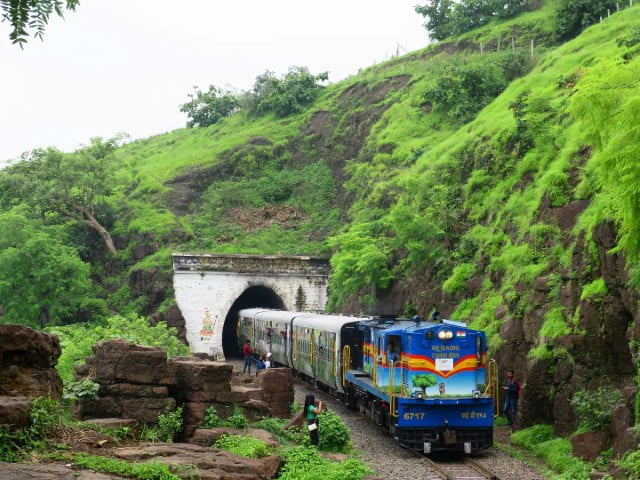
Set to open its doors in 2025, the Patalpani Rail Tunnel stands as one of the longest railway tunnels globally. Nestled in the heart of Madhya Pradesh, it spans an impressive 49 kilometers, accommodating both trains and cars. This groundbreaking structure not only facilitates transportation but also opens up access to the breathtaking Patalpani waterfall, connecting Indore with Mumbai upon completion.
Read More: Top Tourist Places To Visit In Jammu And Kashmir
Tunnel T-49 (12.7 km):
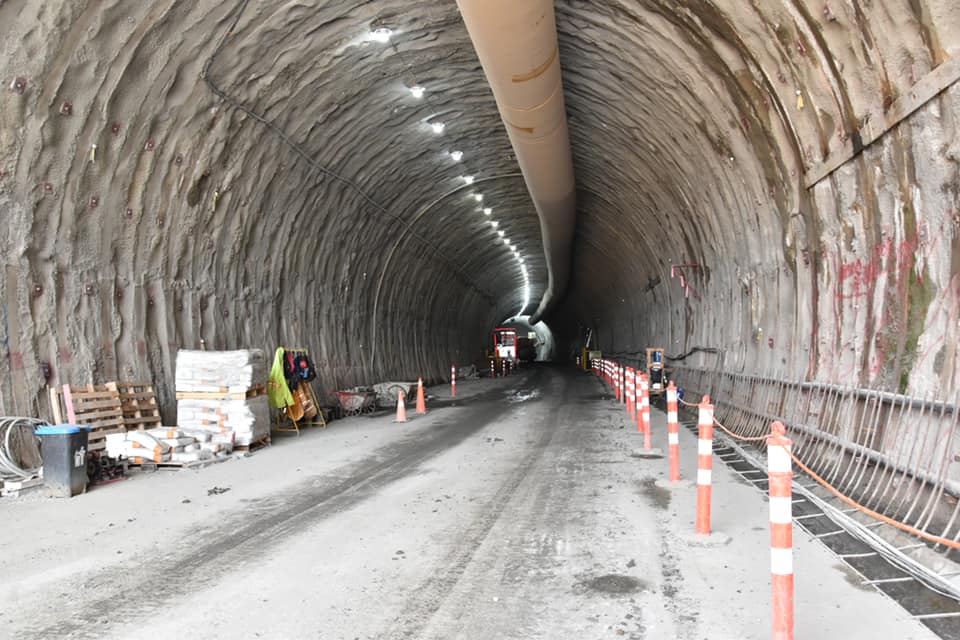
Situated on the Katra-Banihal section, the T49 railway tunnel is a triumph in the mountainous terrain of Jammu and Kashmir. Covering 45 kilometers from the district headquarters of Ramban, this tunnel employs two tubes – a main tunnel and an escape tunnel – ensuring safety and efficiency. Despite facing challenges, the experienced team successfully executed this significant project.
Pir Panjal Railway Tunnel (11.21 km):
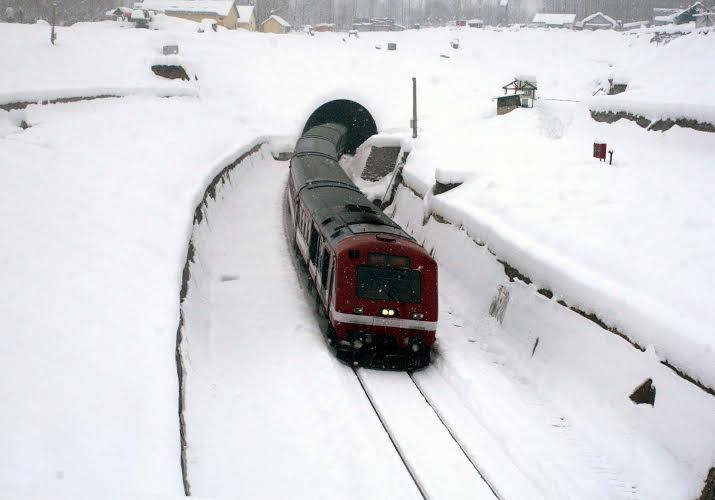
Located in the Pir Panjal Mountain Range of Jammu and Kashmir, the Pir Panjal Railway Tunnel is a vital part of the Jammu Baramulla line. Stretching for 11.2 kilometers, it significantly reduces travel time, allowing trains to traverse the mountainous region in just 10 minutes. This engineering marvel connects Jammu Tawi or Udhampur to Banihal, providing a crucial link for the region.
Read More: Top Natural Places to Visit in India in November
Syama Prasad Mookerjee Tunnel (9.028 km):
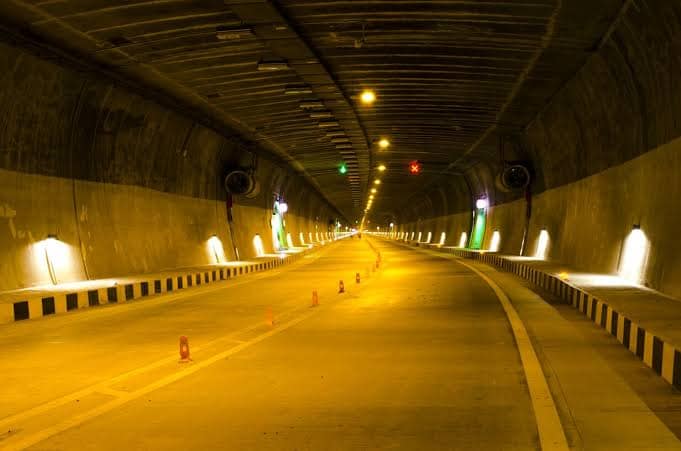
Also known as the Chenani-Nashri Tunnel, this road tunnel in Jammu and Kashmir is the longest of its kind in India. Opened in 2017, it spans approximately 9 to 10 kilometers, cutting travel distances by 30 kilometers and travel time to just 2 hours. Named after Syama Prasad Mookerjee, this all-weather tunnel ensures connectivity even in challenging winter conditions.
Atal Tunnel (9.02 km):
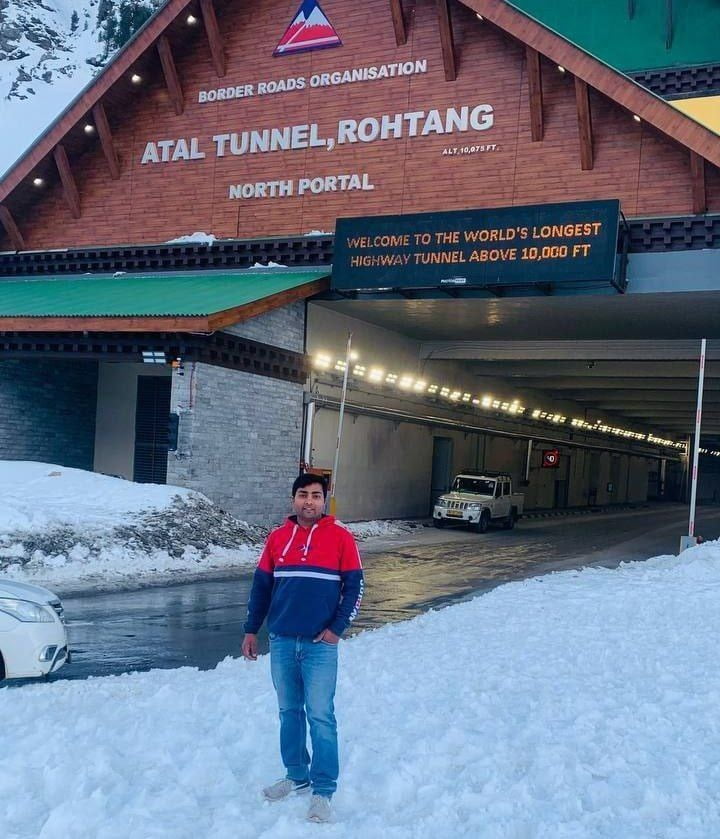
Honoring the late Atal Bihari Vajpayee, the Atal Tunnel in Himachal Pradesh is a beacon of engineering brilliance. Nestled under the Rohtang pass and spanning 9 kilometers, it connects Manali to Keylong, reducing travel time from 5 to 6 hours to a mere 15 minutes. Since its opening in 2022, the tunnel has been a boon for tourism and a lifeline for remote areas.
Read More: Top 10 Places to Visit in Assam and Meghalaya
Trivandrum Port Tunnel (9.02 km):
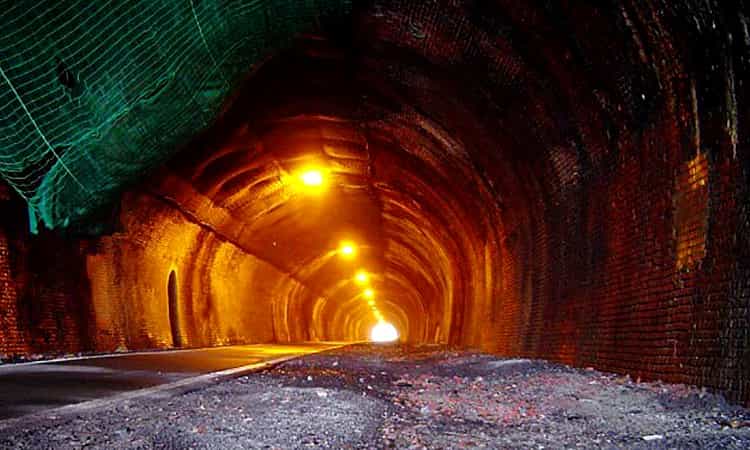
Also known as Varkala Tunnel, this historic structure in Kerala dates back to the Travancore kingdom’s construction in 1867. Spanning 1.06 kilometers, these tunnels played a vital role in establishing an inland waterway, connecting Trivandrum to Kollam. A testament to enduring architecture, they continue to facilitate goods and passenger transport.
Banihal Qazigund Road Tunnel (8.45 km):

Carved into the hills of Jammu and Kashmir, the Banihal Qazigund Road Tunnel, opened in 2021, has become a critical link on NH 44. Covering 8.45 kilometers with two parallel tunnels, it has significantly improved traffic conditions, cutting the travel time between Srinagar and Jammu by 16 kilometers.
Read More: 11 Best Winter Destinations in Kerala
Sangaldan Railway Tunnel (7.1 km):

Opened in 2017, the Sangaldan Railway Tunnel is among the longest railway tunnels in India. Linking Katra and Banihal Railway Stations, it covers approximately 8 kilometers, traversing scenic landscapes in Jammu and Kashmir. Despite challenges during construction, the tunnel stands as a testament to the dedication of the Konkan Railway Corporation.
Rapuru Tunnel (6.6 km):

Located in Andhra Pradesh, the Rapuru Railway Tunnel is India’s longest electrified rail tunnel. Stretching for 6.6 kilometers, it forms a crucial part of the Obulavaripalli – Venkatachalam Railway line, reducing travel time by 5 hours. Completed in just 43 months, this engineering marvel stands as a testament to efficient planning and execution.
Read More: Best Places to Visit Around Jabalpur City
Karbude Tunnel (6.5 km):
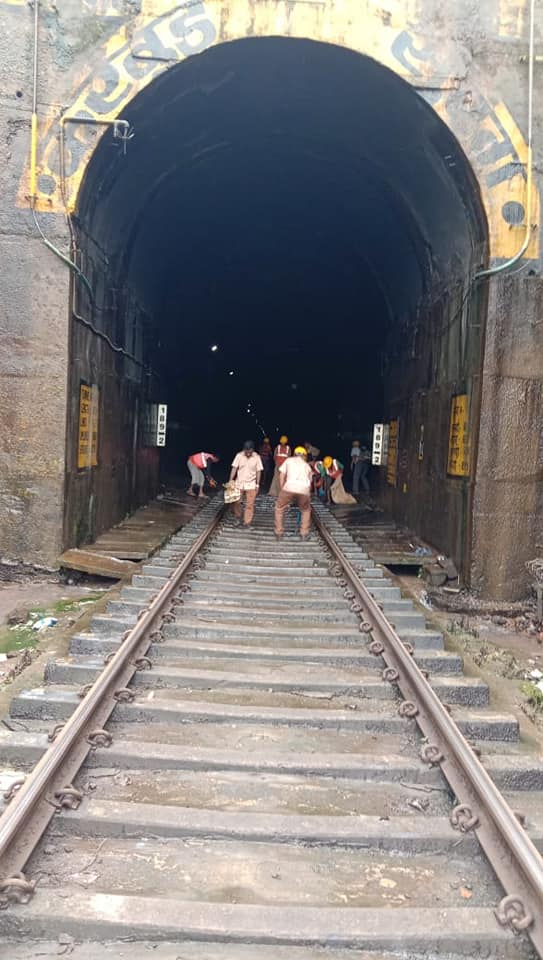
Before the Pir Panjal Railway Line took its place, the Karbude Tunnel held the title of the longest rail tunnel in India. Covering 6.5 kilometers, it is a key part of the Konkan Railway route near Ratnagiri, Maharashtra. Since its opening in 2019, it has significantly improved commuting for travelers.
Natuwadi Tunnel (4.8 km):
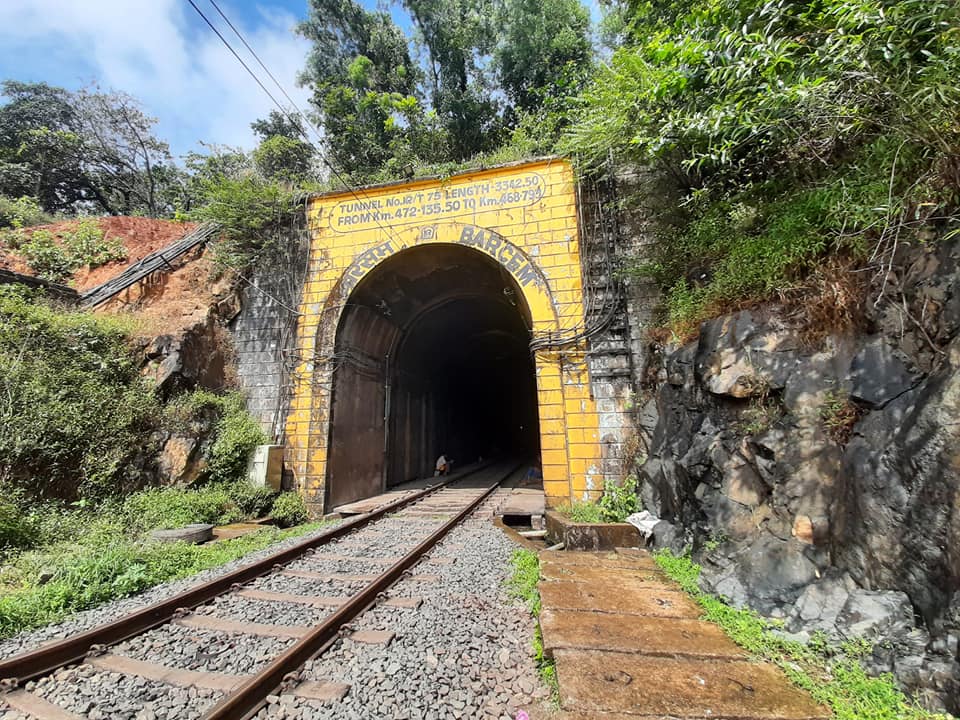
Spanning 4.8 kilometers, the Natuwadi Tunnel in Maharashtra is the second-longest rail tunnel on the Konkan railway line. Completed in 1997, it adds to the scenic beauty of the Western Ghats, offering travelers a breathtaking journey through the lush landscapes.
Read More: Top Natural Places to Explore Near Guwahati City
Tike Tunnel (4.07 km):

Nestled in the Western Ghats of Maharashtra, the Tike Tunnel spans 4 kilometers, connecting Ratnagiri and Nivasar. Completed in 1977, this tunnel is not just an engineering marvel but also a gateway to the natural wonders of the Sahyadri Mountains.
India’s network of tunnels is a testament to the nation’s commitment to connectivity and efficient transportation. These marvels of engineering not only shorten travel times but also showcase the ability to conquer challenging terrains, making them an integral part of India’s infrastructure legacy.




